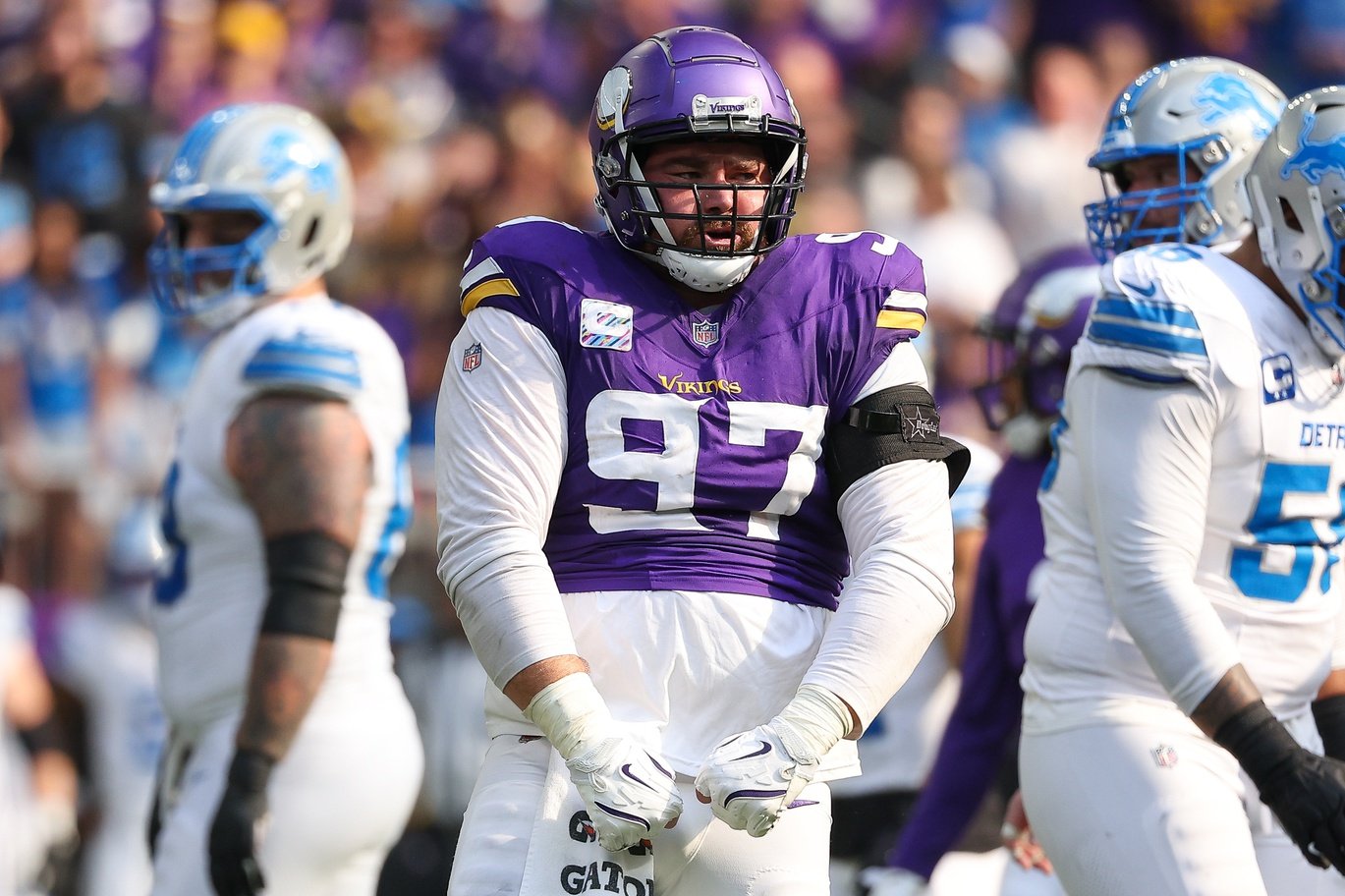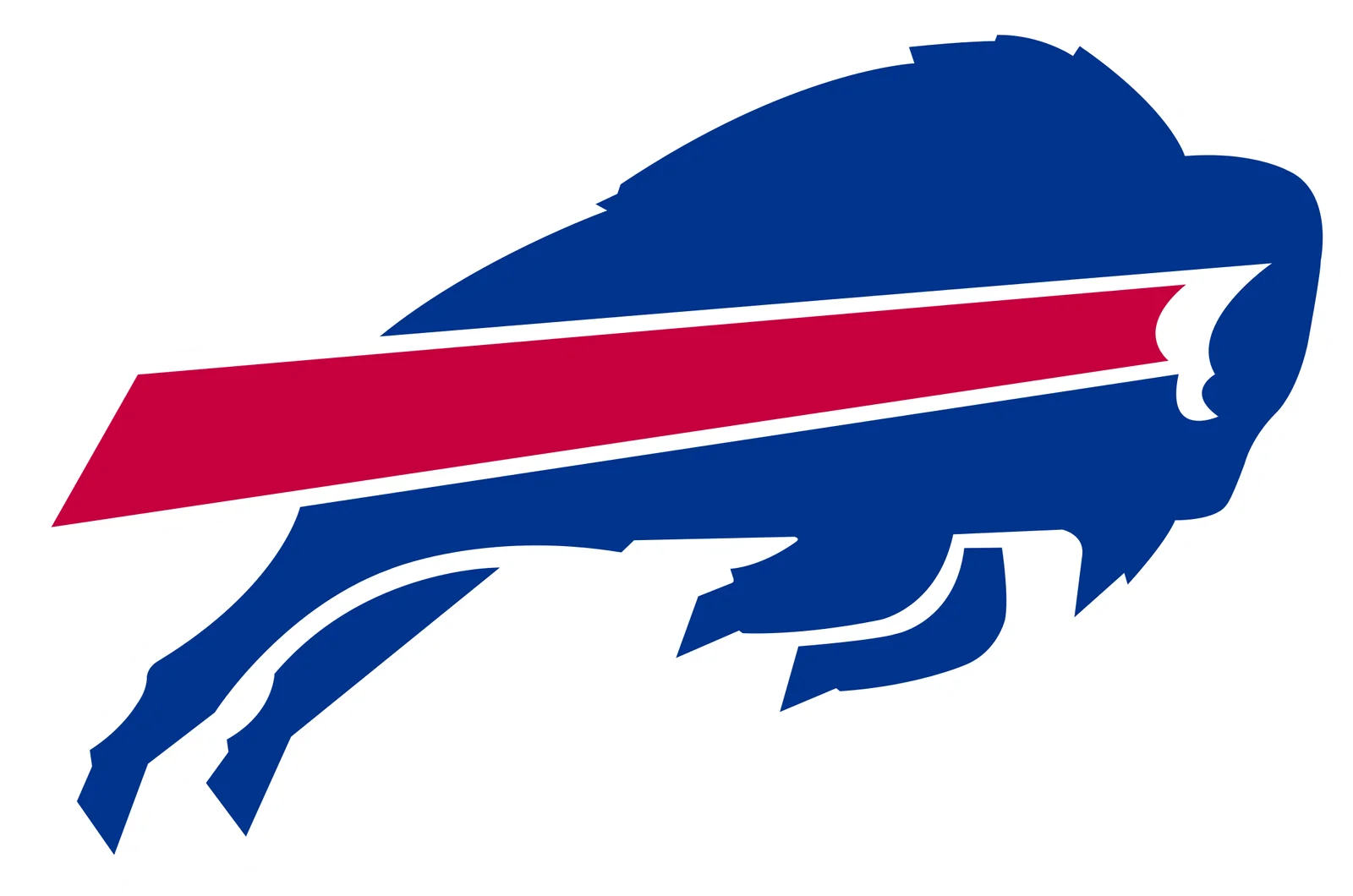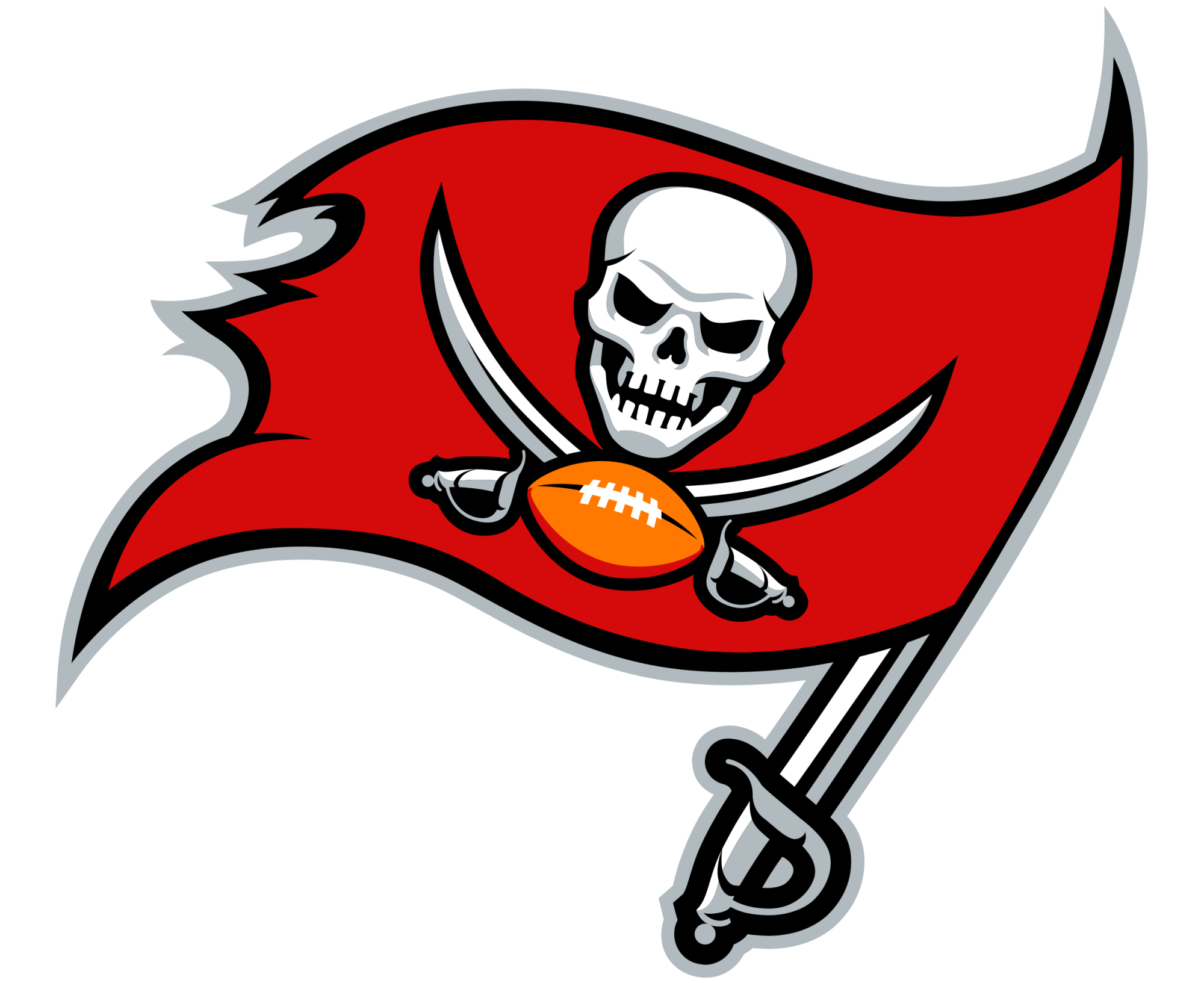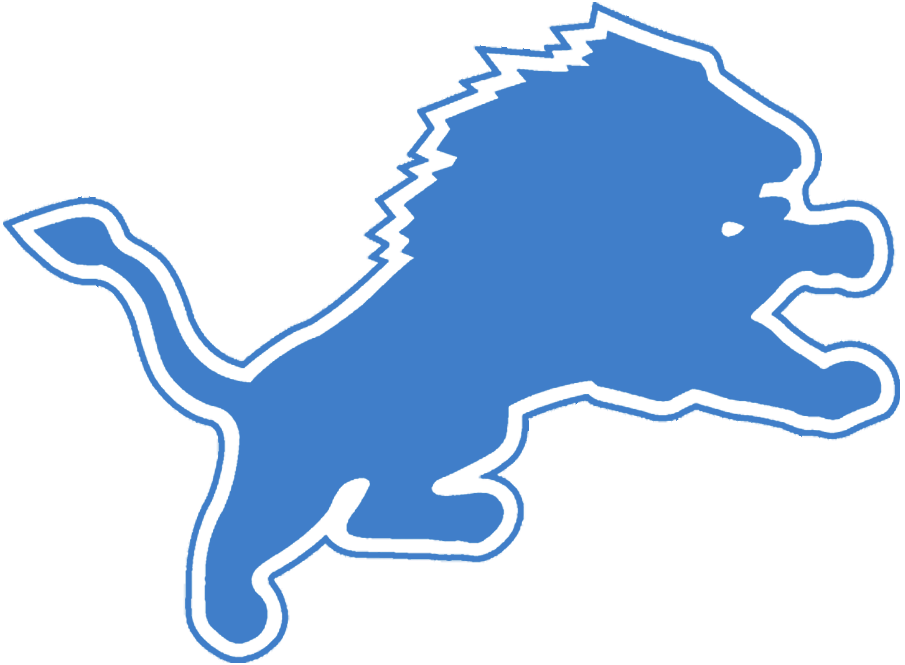Minnesota’s Underrated Interior D-Line Is Thriving

Credit: Matt Krohn-Imagn Images
This past offseason, the NFL extended the trade deadline to after Week 9 to encourage more activity, and the Minnesota Vikings were one of many NFL teams who showed an increased appetite to address needs. The Vikings added Cam Akers to bolster their running back depth behind Aaron Jones, then swung for Cam Robinson to solidify the offensive line in the wake of Christian Darrisaw‘s season-ending injury.
Each move reinforces the organization’s expectations that this team is good enough to compete with the NFL’s best this season. Better yet, both players have shown encouraging, early returns for the draft capital that Kwesi Adofo-Mensah continues to sacrifice to win now.
The trade deadline has passed, and one glaring positional group that was not addressed was the interior defensive line. For how solid they’ve been, the unit lacks a true pass–rush threat. Players like New York Giants’ Dexter Lawrence and Tennessee Titans’ Jeffrey Simmons were rumored as possible targets, but each would have commanded a king’s ransom. The team will enter next offseason with the sixth-most cap space next season and only three draft picks in 2025, as of now. So adding an interior pass-rushing ace is a luxury that will need to wait until next offseason.
The perception of Minnesota’s defensive line, however, is influenced more by the lack of recognizable names than their effectiveness on the field. The Vikings’ interior defensive unit is executing a winning formula by playing disciplined space schemes that result in the team having an effective run defense, which ranks second best in the league (81.9 yards per game).
“Instead of gaps that you have to be responsible for and hands and eyes and all of this stuff [most coordinators talk about], it’s more about spaces,” defensive tackle Harrison Phillips recently explained.
Interior linemen traditionally are “space eaters,” describing their task to take on blockers or plug running lanes that grant space for edges, linebackers, safeties, and sometimes cornerbacks, to make plays unchallenged. This unheralded unit understands the importance of the collective over their individual talents and numbers, as they are making plays that don’t always show up in the box score.
“They’re such an important part of what we do,” Flores said. “And that’s league-wide. Those interior guys don’t get all the accolades or the splash plays, but oftentimes they’re a big reason why those splash plays occur.”
The Vikings’ defensive interior consists of a trio of Harrison Phillips, Jonathan Bullard, and Jerry Tillery, and it is their strict adherence to this collective mindset that allows other parts of the defense to react more and think less. Phillips, a co-captain who signed a two-year, $19 million contract extension at the start of the season, puts his role into perspective:
“On other teams I’ve been on, people say, ‘Screw it, I hate that they’re asking me to step this way. I’m just going to go,’” Phillips said. “It’s not fun to hear a lot about how you can’t pass rush. I guess if I wanted to stick it to fans or beat writers, I can try to go do that. But at what expense?”
This discipline and unselfish style of play is a major reason why the Vikings are so effective at limiting chunk plays on first and second down, which puts opposing offenses in third-and-long situations regularly.
Against the Colts last Sunday, Phillips made plays all day with his spacing, helping to hold Indianapolis Colts’ running back Jonathan Taylor to just 3.7 yards a carry. Phillips finished the day as the highest-rated defensive player for the Vikings, per PFF, with an 83.2 defensive rating and 81.4 run-defense grade.
Using this spacing concept instead of gap control is part of Flores’ scheme, as defensive lineman “travel” the line of scrimmage toward the play design to cover multiple gaps. We see here how Phillips (#97) takes on the block from the center as he navigates the line. He executes this concept to perfection, completely eliminating the middle lane for Taylor to run:
Harrison Phillips owns Ryan Kelly for this run stop. pic.twitter.com/jJP1eX3cf4
— Matt Fries (@FriesFootball) November 6, 2024
“Sometimes you can get pushed off [the line of scrimmage] because you need to make it over three gaps,” Phillips said. “If you’re a shade on the defensive right and you have to make it to the other B-gap, you might have to give a yard or two [of] space to make that trip.”
Flores loves to operate outside traditional concepts, which makes his schemes so dynamic with different looks and personnel to combat offensive formations. An unconventional approach he leveraged on Sunday was using three interior linemen (Phillips, Bullard #90, and Tillery #99) as Flores anticipated a run with the Colts lined up in a the pistol formation.
Jonathan Greenard got a hand on Taylor to slow this run THROUGH Quentin Nelson's block. Crazy play. Bullard did a great job of holding up at the point of attack, and Pace also somehow wiggled his way in there for a share of the tackle. pic.twitter.com/NezXiSW19r
— Matt Fries (@FriesFootball) November 5, 2024
The Vikings don’t have the luxury of an interior pass-rusher who can create pressure consistently on quarterbacks, and for that reason are paying their interior $10 million less than the NFL average. But they don’t need that impact rusher with Jonathan Greenard, Andrew Van Ginkel, and Jihad Ward (and hopefully the emergence of Dallas Turner) generating pressure. Because of that, their trio of tackles have a much simpler job, which they do effectively.
Now, Minnesota might want to splurge on a bigger pass-rush threat from the inside during the offseason, but for now, they are fully equipped with disciplined interior linemen who understand their unglamorous assignments and the importance of playing as a collective unit. It’s a major reason they are ranked as the best defense, per DVOA (-23.5%).
It is an unheralded group that won’t get Pro Bowl votes, win Defensive Player of the Month, or rack up stats in the box score. But that shouldn’t take anything way from how well they’ve played. With the “lighter” part of the schedule coming up, their space discipline will continue to be called upon as the team aims to stack up wins and build momentum in hopes of a deep playoff run.
Up Next





